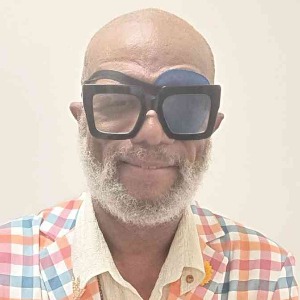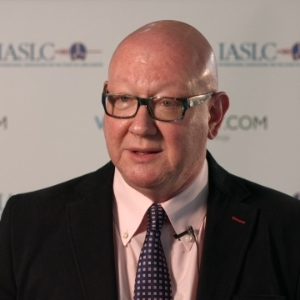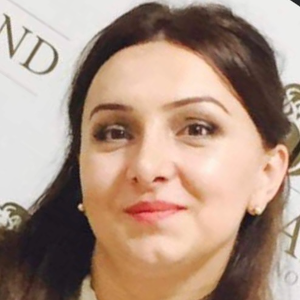Nappage Technique is a surgical hair restoration technique offering a natural-looking aesthetic to those seeking an improved scalp hair density. It was developed more than 20 years ago and is considered to be one of the most advanced methods of hair transplantation. This technique is accomplished in two-stages. Firstly, these small follicular unit grafts are extracted from the donor area. An artfully-designed recipient area is then created in the balding or thinning areas of the scalp. The harvested grafts are then inserted in such a way that they are packed, forming a natural-looking solution to hair-loss. This technique ensures that the transplantation utilizing a nappage technique blends with the patient’s hair, creating a seamless appearance in the newly-covered regions. A distinguishing feature of the nappage technique is that no visible scarring is left at the donor site. This allows the entire procedure to remain completely invisible, allowing the individual to maintain a more natural look. Another advantage is that the nappage technique requires little to no downtime, meaning that a patient can often receive a transplant and return to normal activities almost immediately. The overall result of the nappage technique is an aesthetically-pleasing appearance, giving the recipient exactly the look they desired. Not only does the nappage technique create an appearance of a denser scalp but also is considered a minimally-invasive procedure with no visible scarring at the donor site. Therefore, it is a popular option among those seeking a more natural look to hair restoration.

Irina Sergeeva
Novosibirsk State University, Russian Federation
Dave Ray
Dave Ray Enterprises., United States
George Sulamanidze
Plastic Surgeon at Clinic of Plastic and Aesthetic Surgery and Cosmetology TOTALCharm, Georgia
Sergei A Grando
University of California Irvine, United States
Nino Tsamalaidze
Ltd Karabadini+, Georgia
Lina Petrossian
California University of Science and Medicine, United States
Surajbala Khuraijam
Manipur Health Services, India
Shrutimita Pokhariyal
Symbio, India
Yasser Mohammed Hassanain Elsayed
Egyptian Ministry of Health, Egypt



Title : Paraneoplastic Autoimmune Multiorgan Syndrome or PAMS: Paraneoplastic pemphigus revisited
Sergei A Grando, University of California Irvine, United States
Title : Modern non-invasive methods for in vivo assessment of skin
Georgios N Stamatas, SGS, France
Title : Personalized and precision dermatology through the view of biodesign-inspired translational & data-driven applications: Revolutionary skin treatments for every concern in clinical dermatology integrating skin care experts and consumers
Sergey Suchkov, N.D. Zelinskii Institute for Organic Chemistry of the Russian Academy of Sciences, Russian Federation
Title : The next generation of threads: Lifting, volumization, and biostimulation in one powerful triple action
George Sulamanidze, Plastic Surgeon at Clinic of Plastic and Aesthetic Surgery and Cosmetology TOTALCharm, Georgia
Title : Lymphoproliferative diseases in the practice of a dermatologist
Irina Sergeeva, Novosibirsk State University, Russian Federation
Title : Comparative efficacy of omalizumab and dupilumab in children with Chronic Spontaneous Urticaria (CSU): A retrospective cohort analysis
Molynna Nguyen, University of Toledo, United States
Title : "Mirror mirror on the skin” — A low-cost community strategy to reduce melanoma disparities in Washington, D.C.
Kayla Sampson, Georgetown University School of Medicine, United States
Title : Vitiligo: Not just an aesthetic disorder
Mateja Starbek Zorko, University Medical centre Ljubljana, Slovenia
Title : Personalized and Precision Medicine as a unique avenue to have the healthcare model renewed to secure the national biosafety: Advanced skincare solutions in individualized cosmetology, reconstructive plastic surgery and the modern beauty
Sergey Suchkov, N.D. Zelinskii Institute for Organic Chemistry of the Russian Academy of Sciences, Russian Federation
Title : Efficacy and safety of CE ferulic and resveratrol serums after fractional CO? laser: A split-face controlled trial
Yu Shi, Shanghai Skin Disease Hospital, China